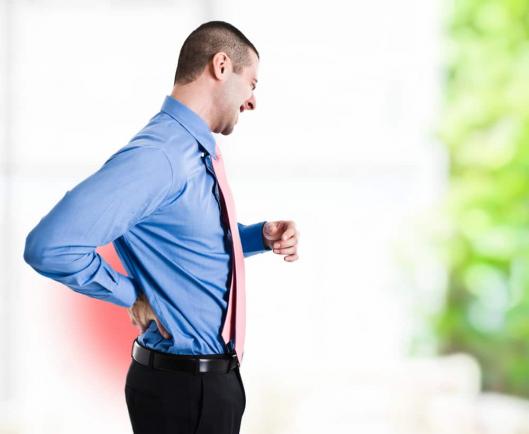
Approximately 80 percent of people will experience low back pain sometime in their lifetime. It is one of the most common reasons for a visit to the doctor's office in the United States. According to the Agency for Health Care Policy and Research, approximately $50 billion dollars (only includes the cost for medical care, worker's compensation claims and time lost from work) is spent on lower back pain.
A quick Google search on lower back pain will pull up over 58-million pages of information. Just because it is on the Internet doesn't necessary mean it is the latest and greatest information on lower back pain.
Here are some of the top myths regarding lower back pain:
1. BACK PAIN CAN BE CURED BY ONE SPECIFIC TREATMENT
Countless patients have come to me saying "My neighbor had the same thing and had XYZ treatment that cured his pain"�would this work for me?"� Could it help? Maybe, but the reality is that there is no standard "cure"� for lower back pain. What has worked for your neighbor may not (and more likely won't) work for you. Everyone is different and the source of pain is not always the same from person to person. In today's market, there are many different kinds of specialists (neurosurgeons, orthopedists, physical therapists, chiropractors, massage therapists, etc"�) that deal with the spine and often don't agree with the cause and a treatment of lower back pain. The best advice one could give is to start conservative and get different opinions from different providers. Consider a trial course of that provider's recommendation to see if it makes a difference with your pain and overall performance.
2. LOWER BACK PAIN IS CAUSED BY WEAK ABS
I've had numerous patients come in saying "I think my lower back pain is because of my weak abs"�. This seems logical and makes sense to most people. These days, everyone is talking about strengthening the "core"� muscles believing this will help prevent or even "cure"� lower back pain. According to Stuart McGill PhD at University of Waterloo, one of the world's foremost experts on spinal biomechanics, indicates improved muscle ENDURANCE is a better preventer of lower back pain as opposed to STRENGTH. One of the major problems is that the lower back stabilizing muscles are not conditioned properly. They fatigue out which leads to altered incorrect muscle pathways that will lead to pain. If these incorrect pathways are identified and corrected with conditioning exercises, then pain tends to decrease.
3. THE MORE FLEXIBLE A PERSON IS THE LESS LOWER BACK PAIN THEY EXPERIENCE
Having more flexibility in your lower back does not mean you will have more protection for your lower back. Research actually shows the opposite. The more flexibility a person has in the spine the better chance for injury and/or pain. HOWEVER, do not confuse flexibility with stretching!!! Stretching is essential for your joints and muscles, especially before and after increased physical activity. While yoga is a great idea to help maintain flexibility, it also increases endurance in the muscles that support the spine. Keep in mind, you want to make sure you have proper technique.
4. LIFT WITH YOUR KNEES AND NOT YOUR BACK
How many of us have heard this one? The truth is lifting with your knees will more than likely lead to increased knee pain and/or injury. When lifting, you want to keep the object close to the body and stiffen your abdominal region but lift with your HIPS not your knees and do not twist.
5. NO PAIN"�NO GAIN
I hope my old high school football coach is reading this, but this statement could not be further from the truth. Pain is the body's way of warning you"�SO LISTEN TO IT!!! It is like the body's version of a "check engine light." If you are performing an exercise or activity that causes pain, your body will alter muscle motor patterns and inhibit muscles. This will lead to further imbalances in the body. If it hurts"�then stop. Change how you are performing the activity. If that doesn't help, then see a professional.
We have just scratched the surface about myths regarding lower back pain. If you are suffering, don't lose hope and don't give up. Doing nothing can further complicate the condition, not to mention the added stress and suffering. As Stuart McGill says, "Optimal back health does not come from doing nothing."� Finding the appropriate balance between flexibility, stability, strength, and power is the key to any lower back condition.

